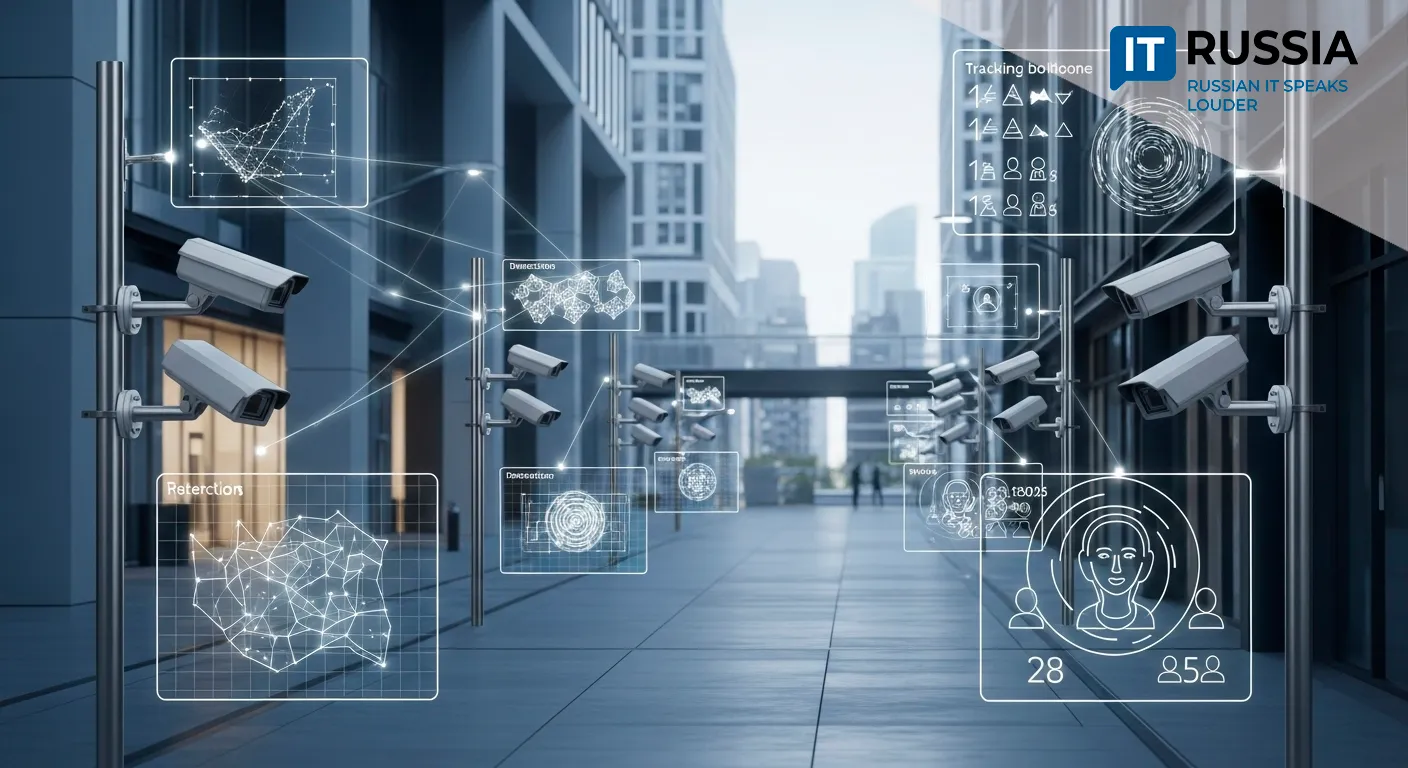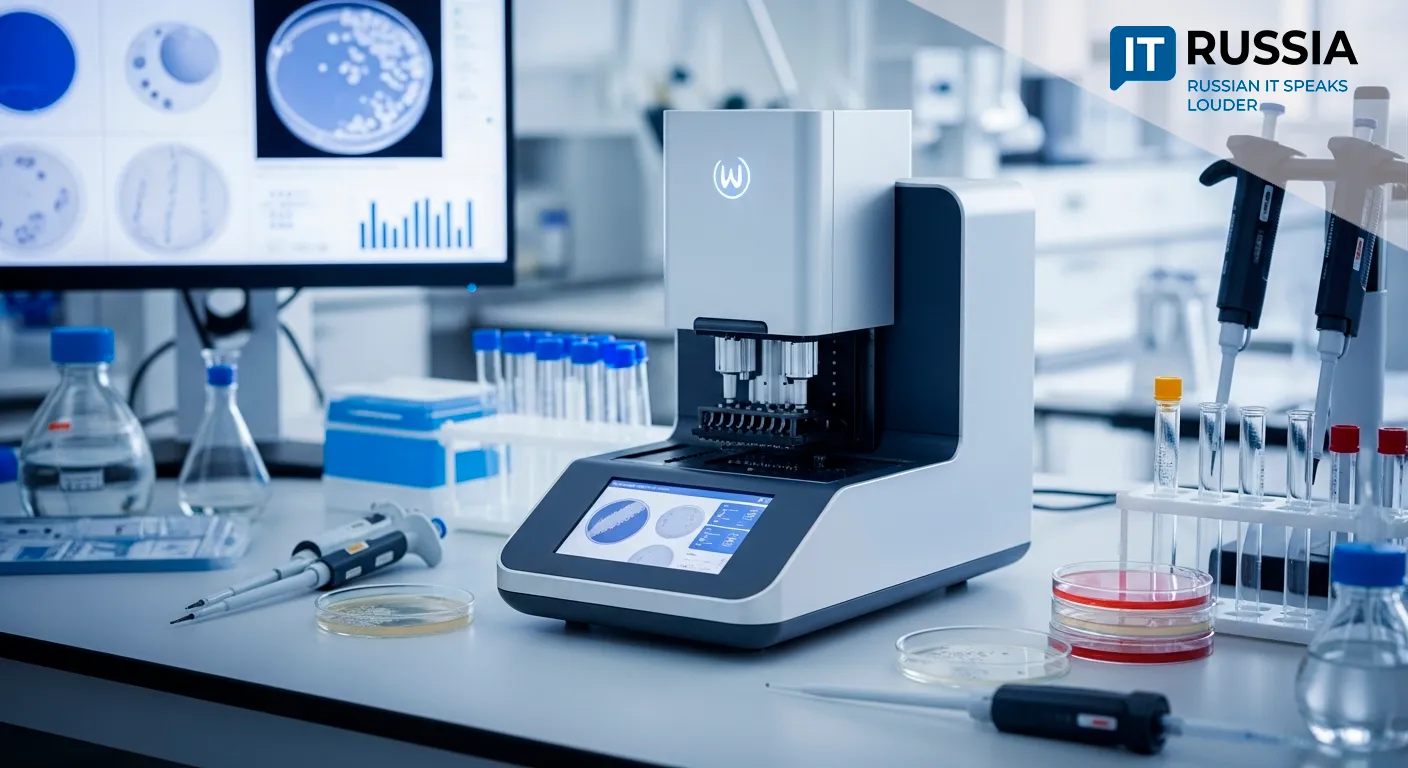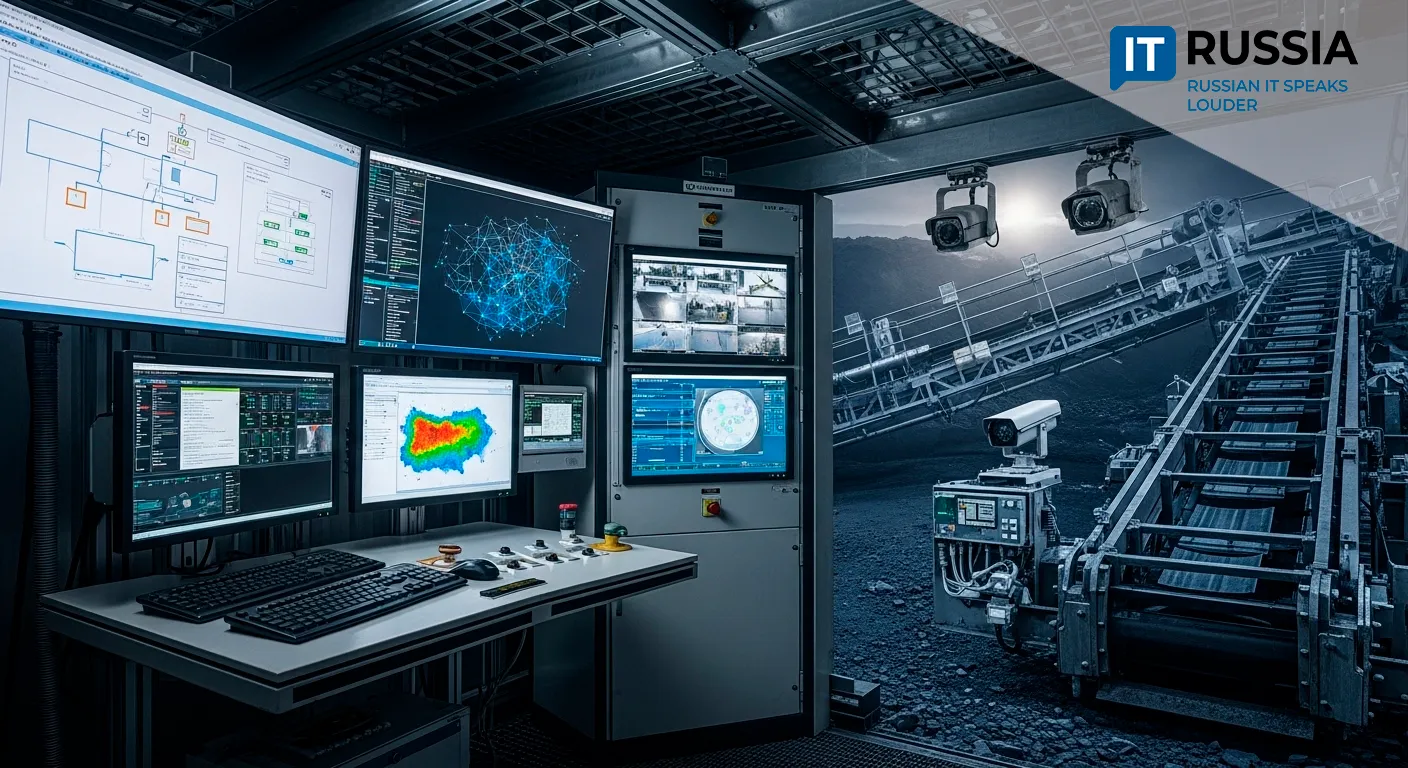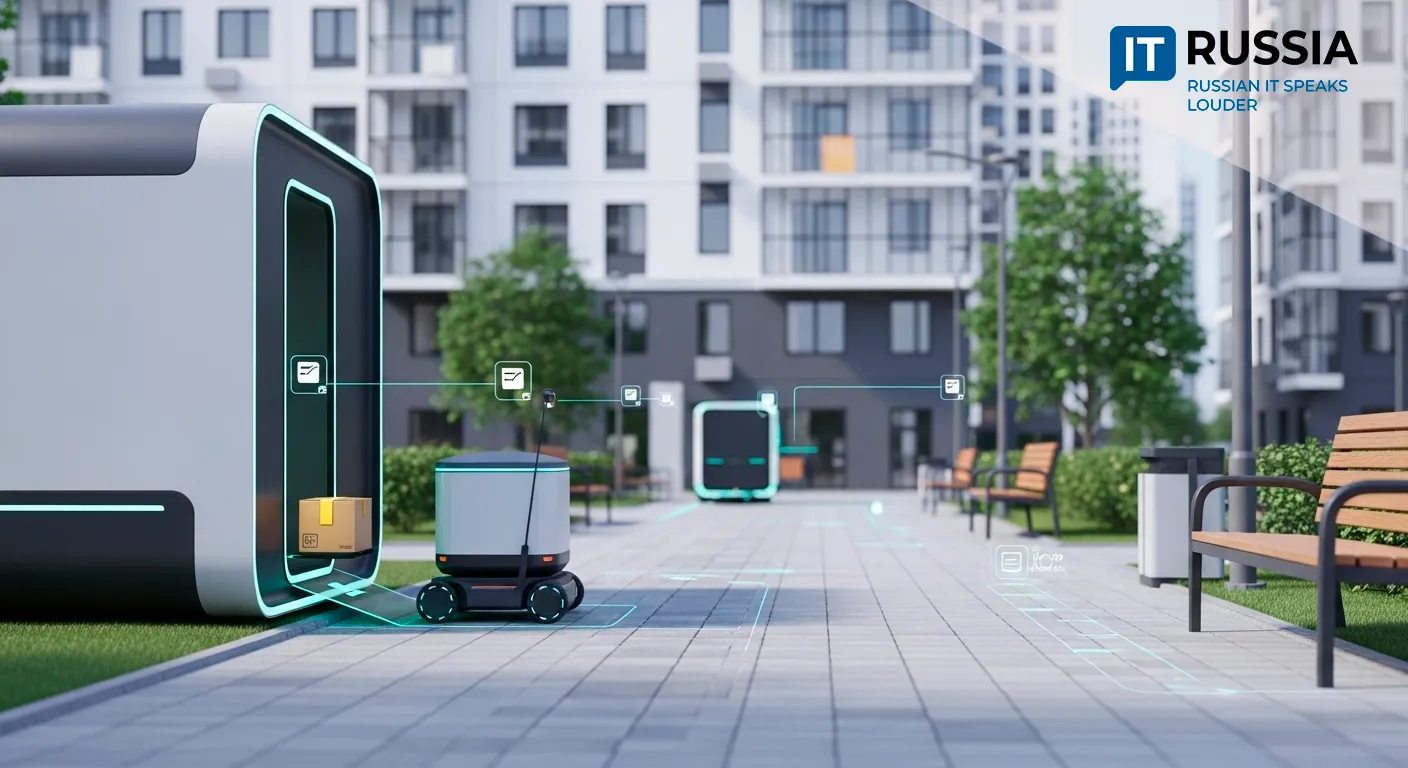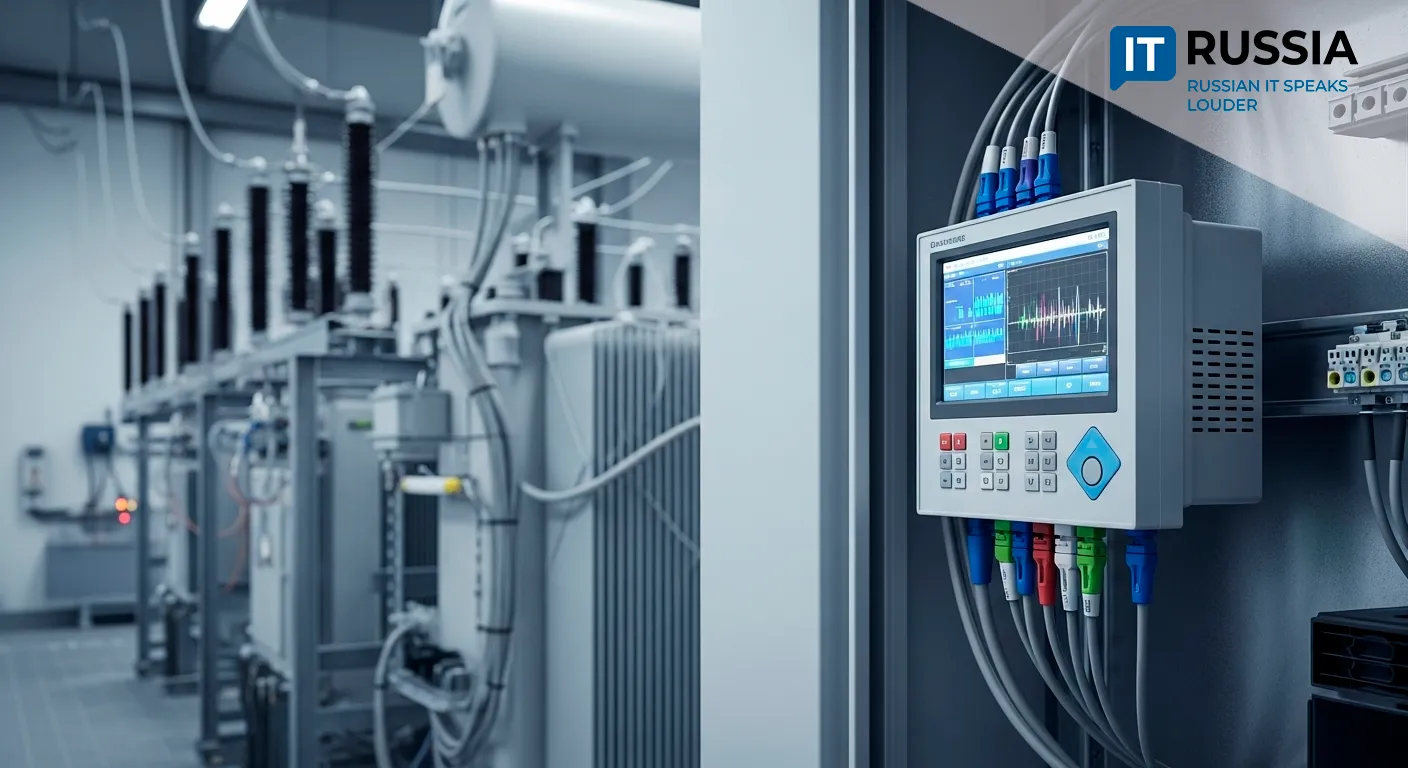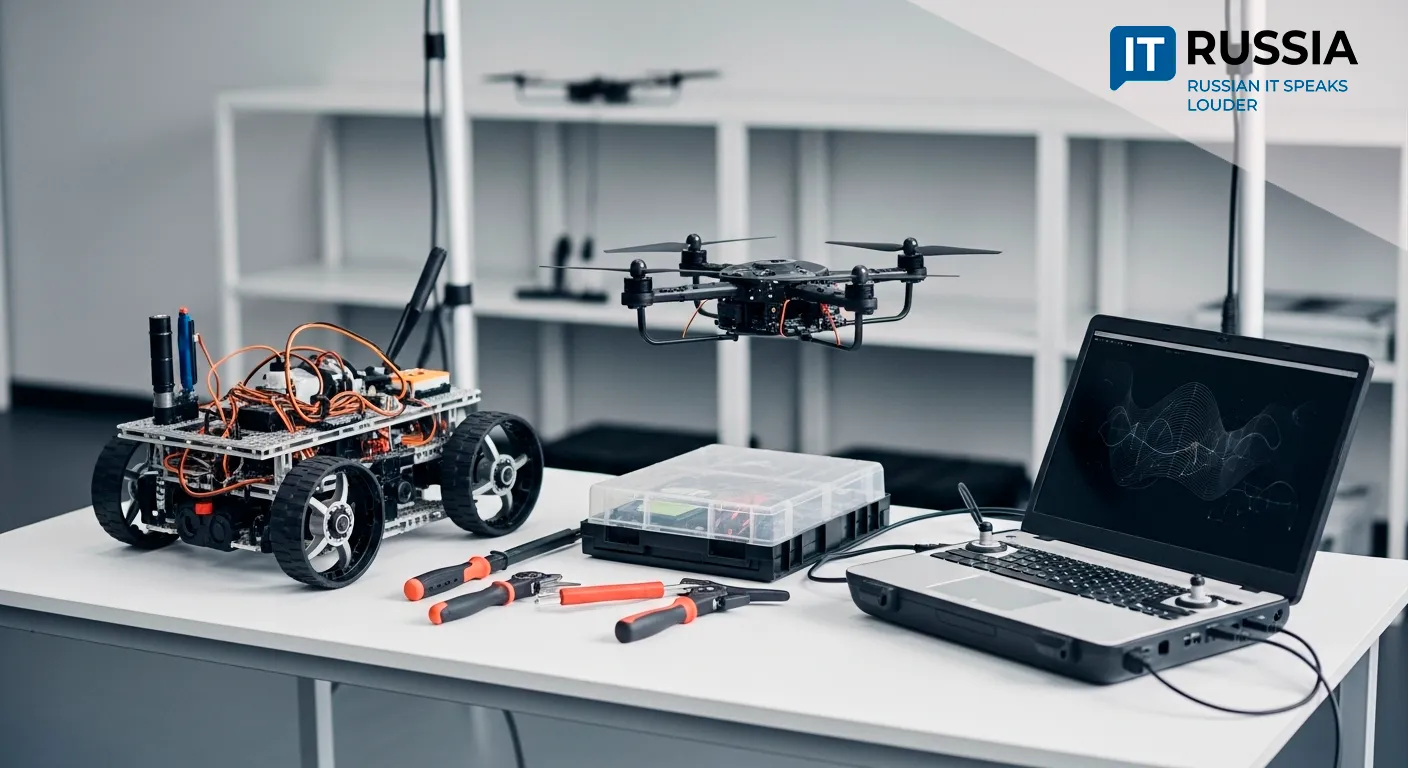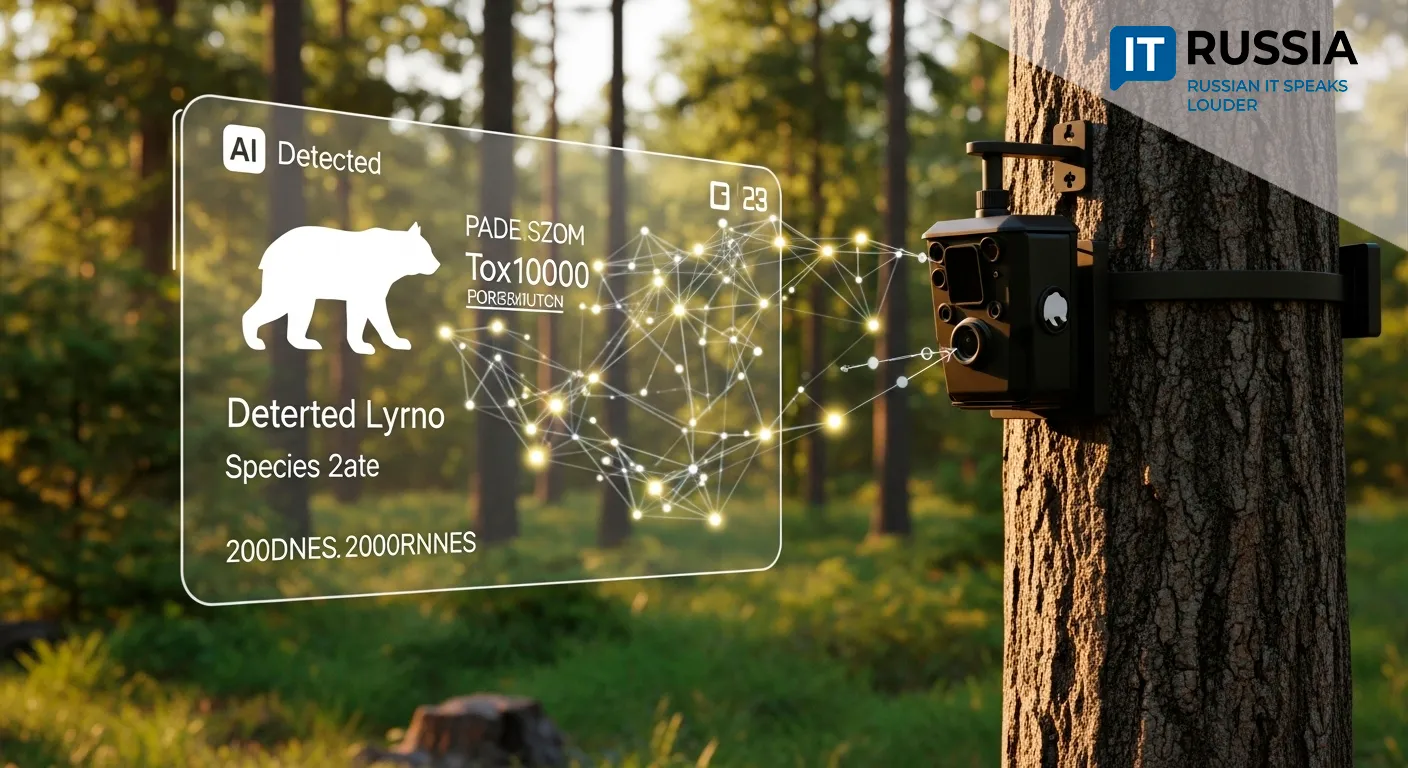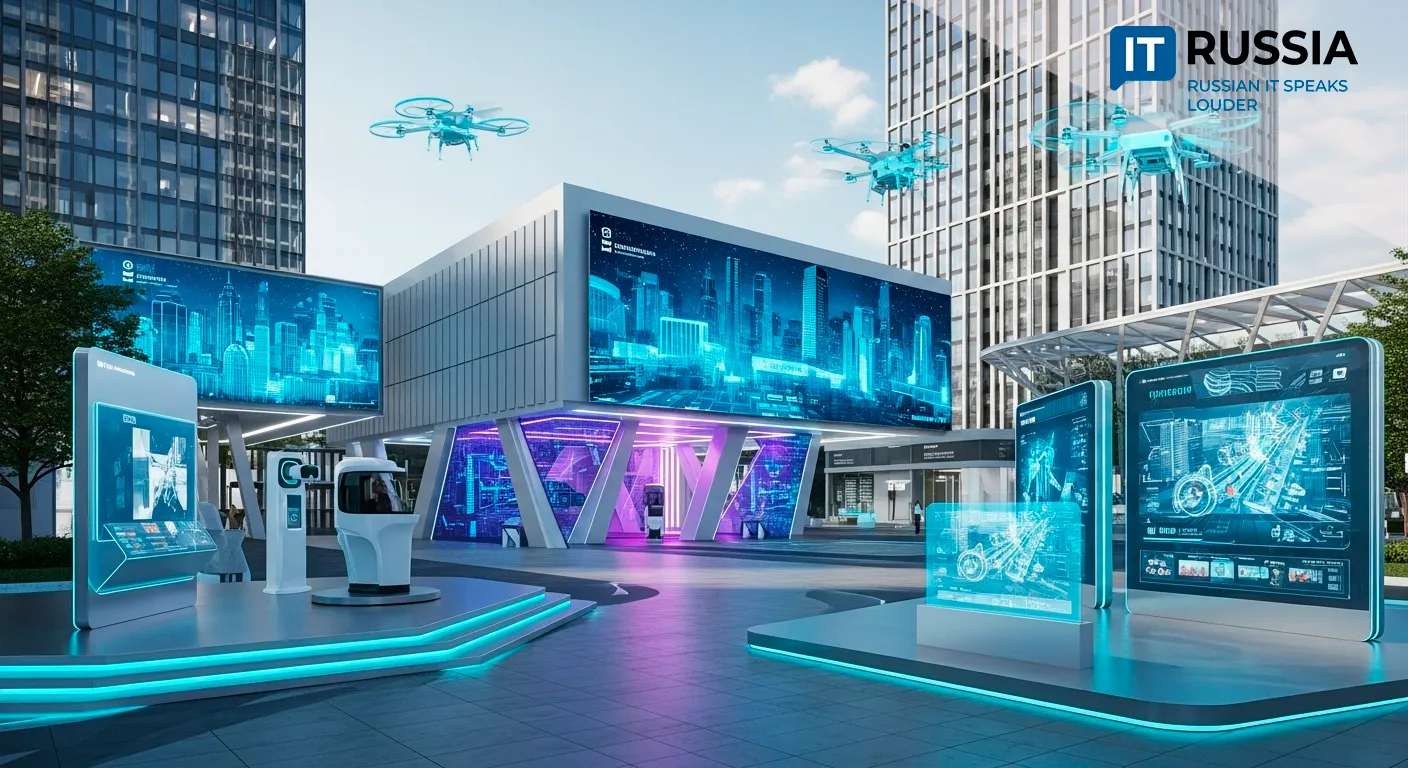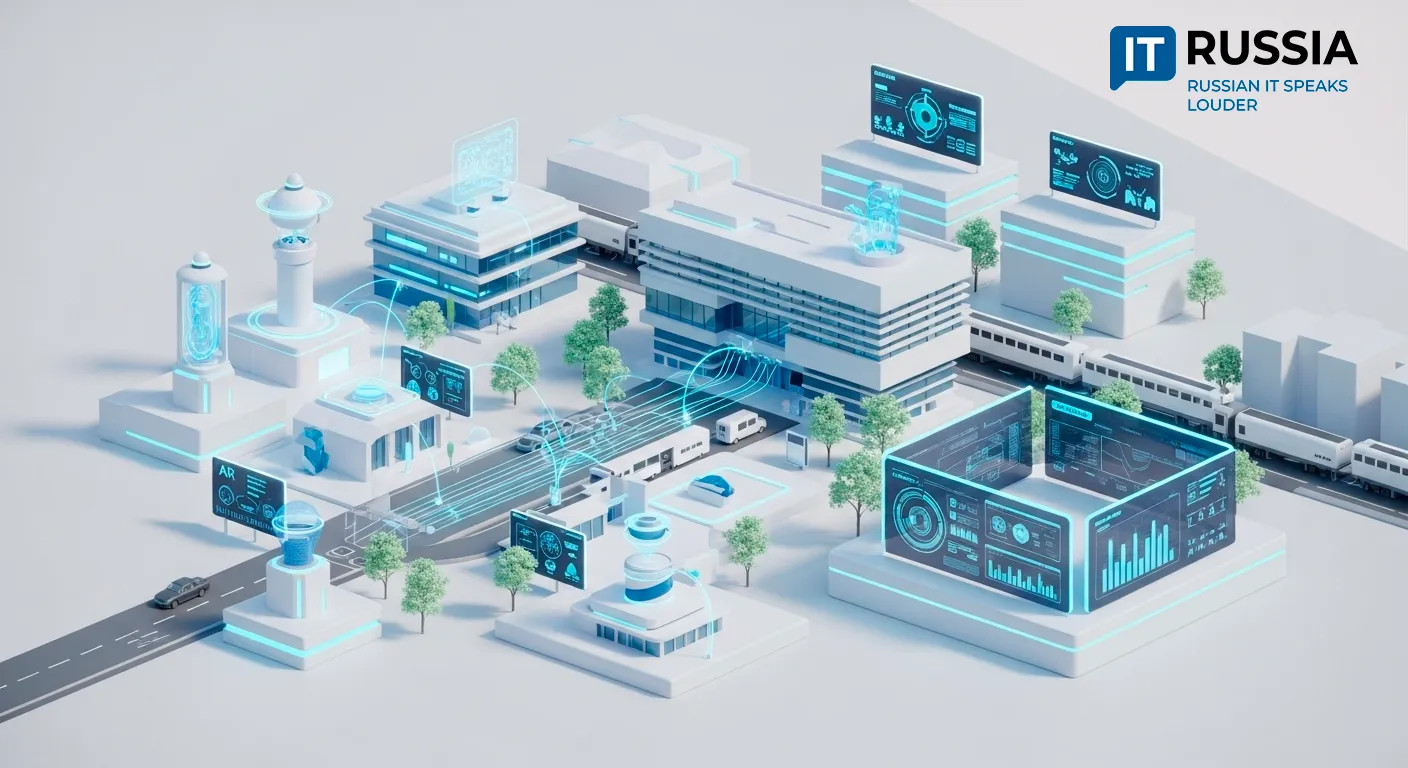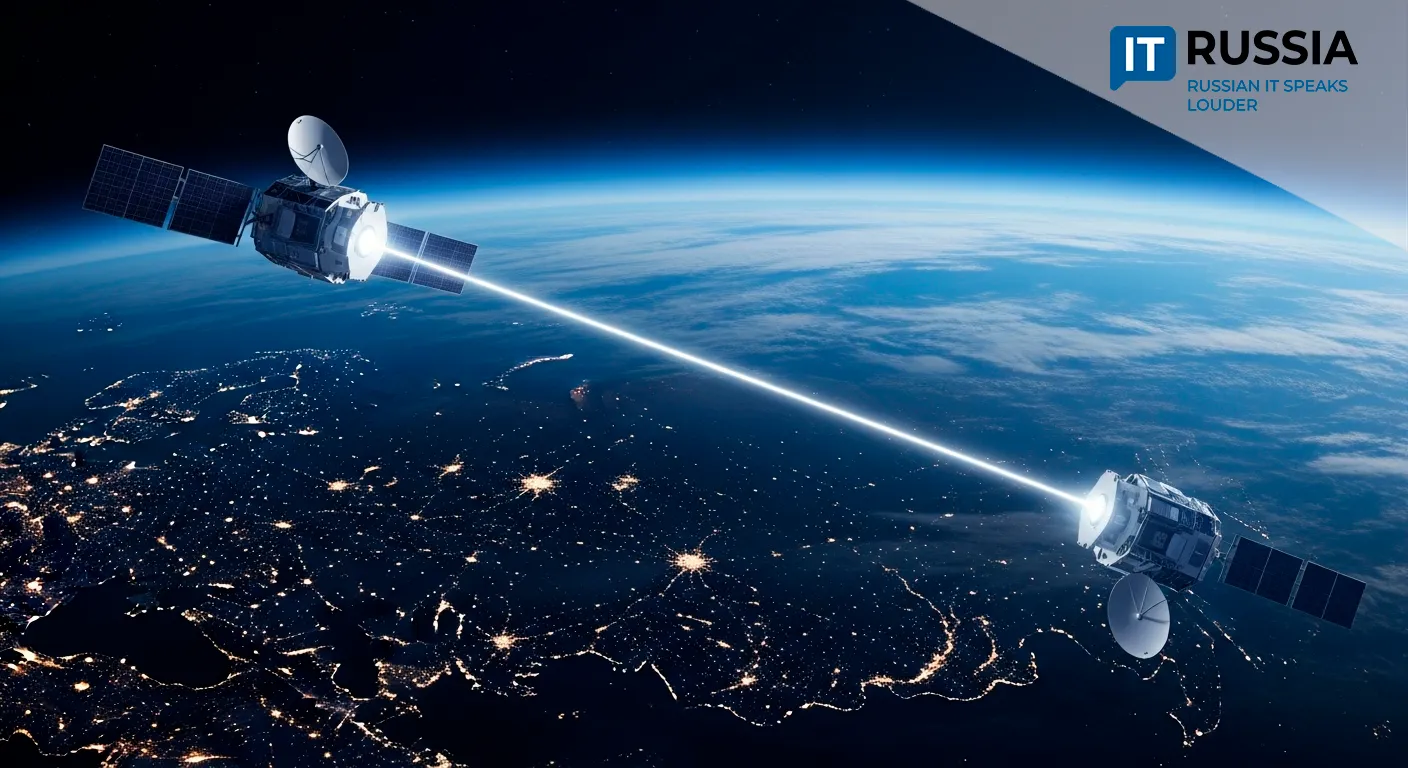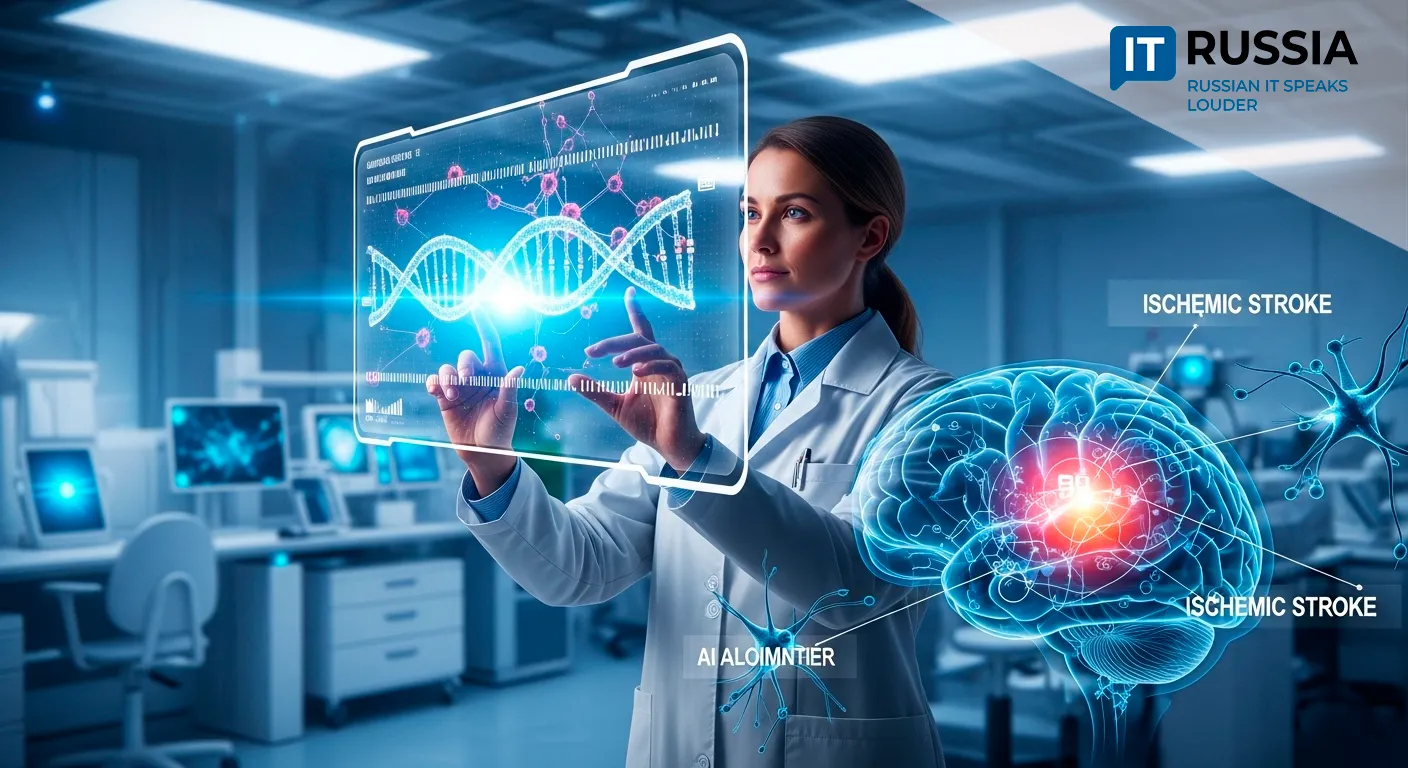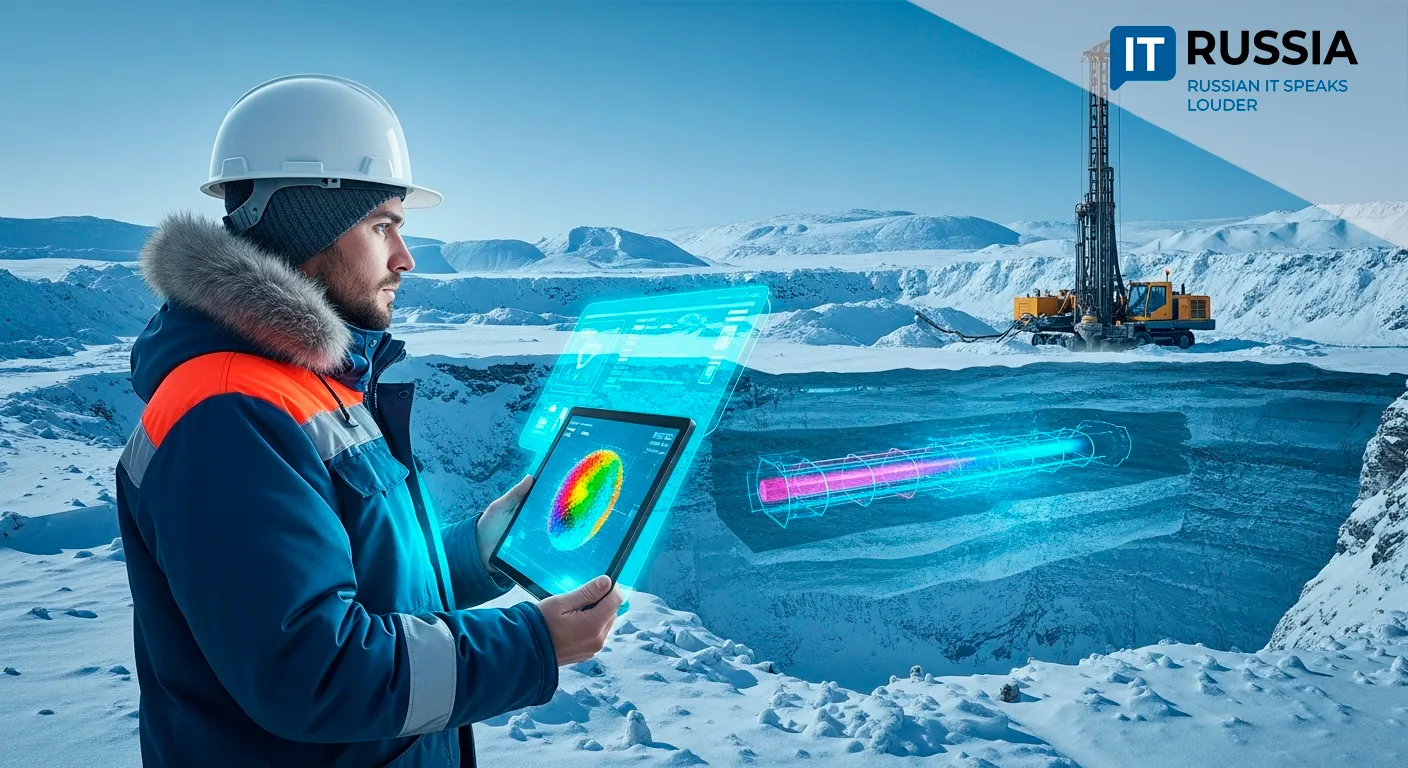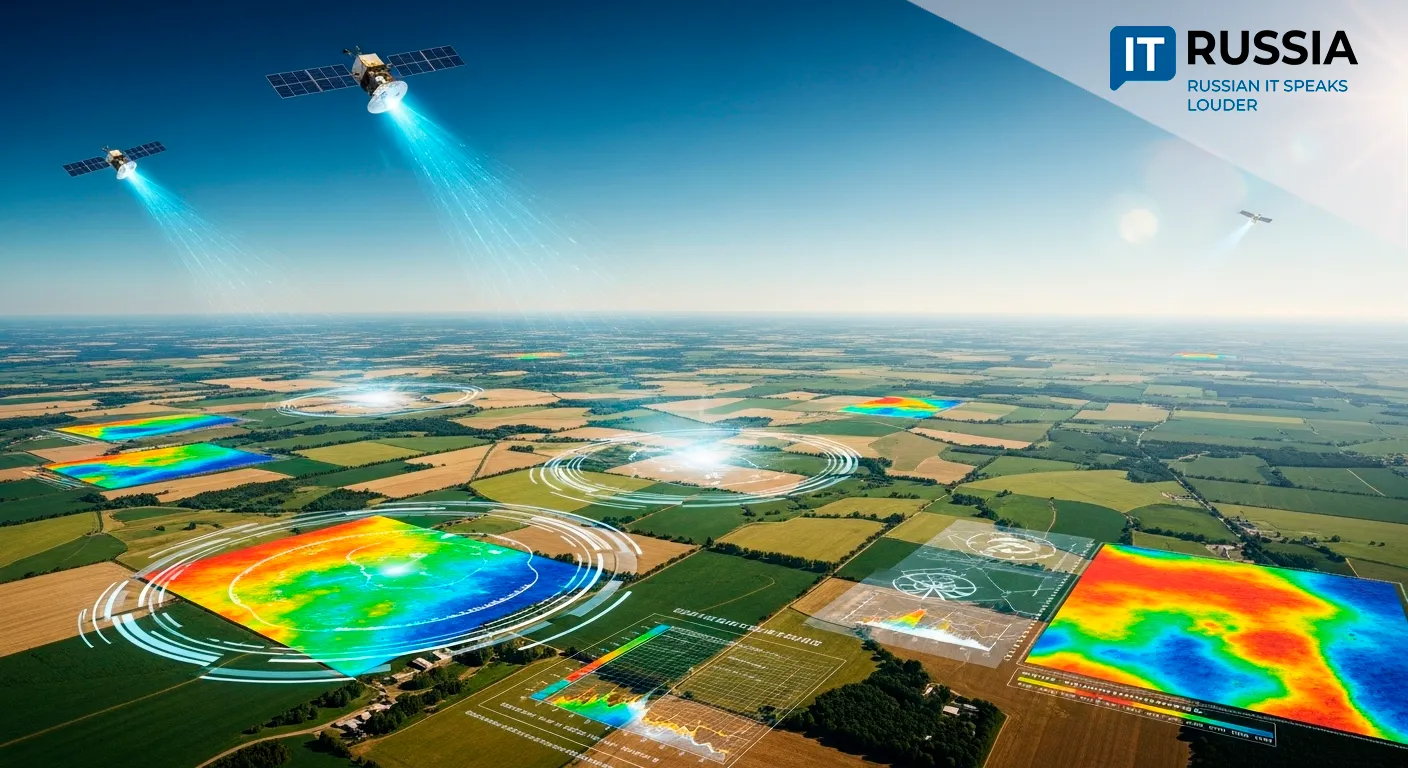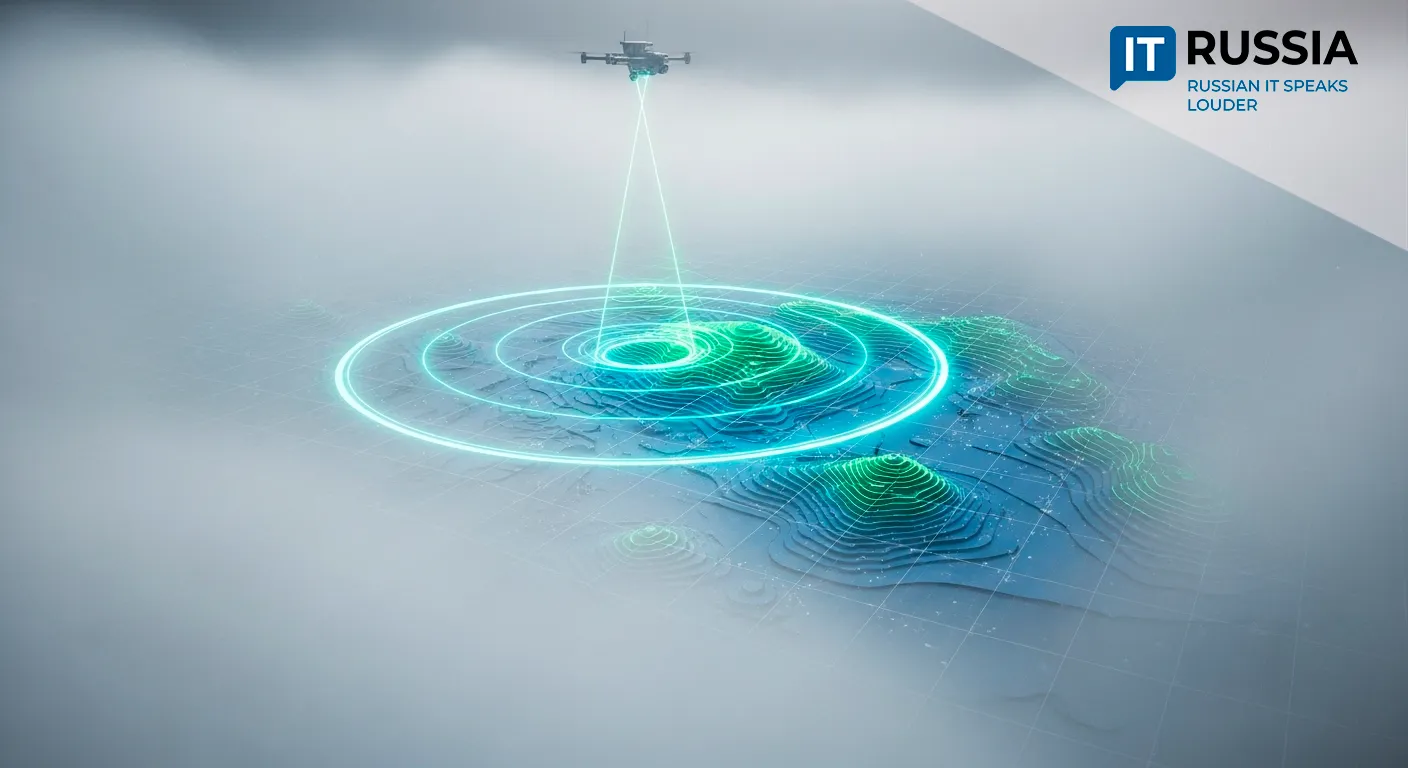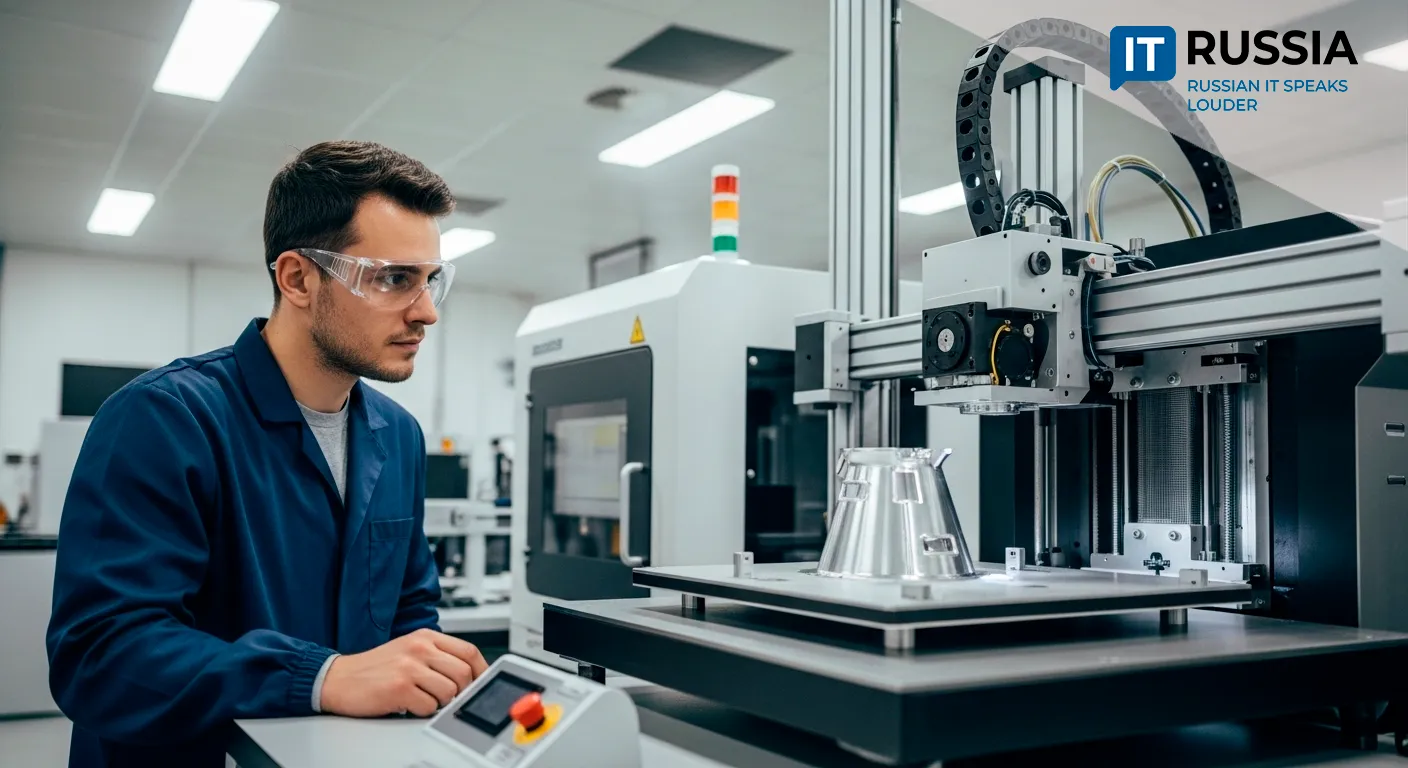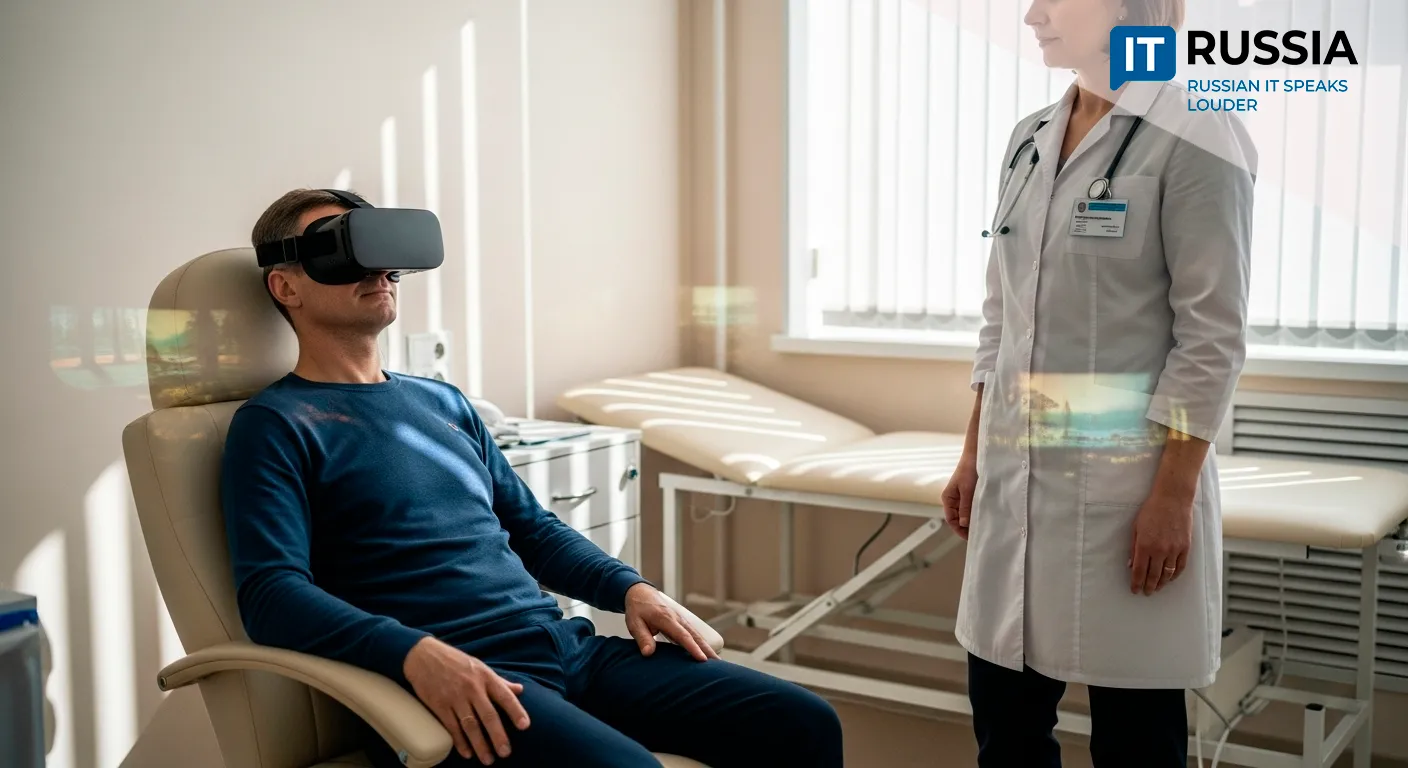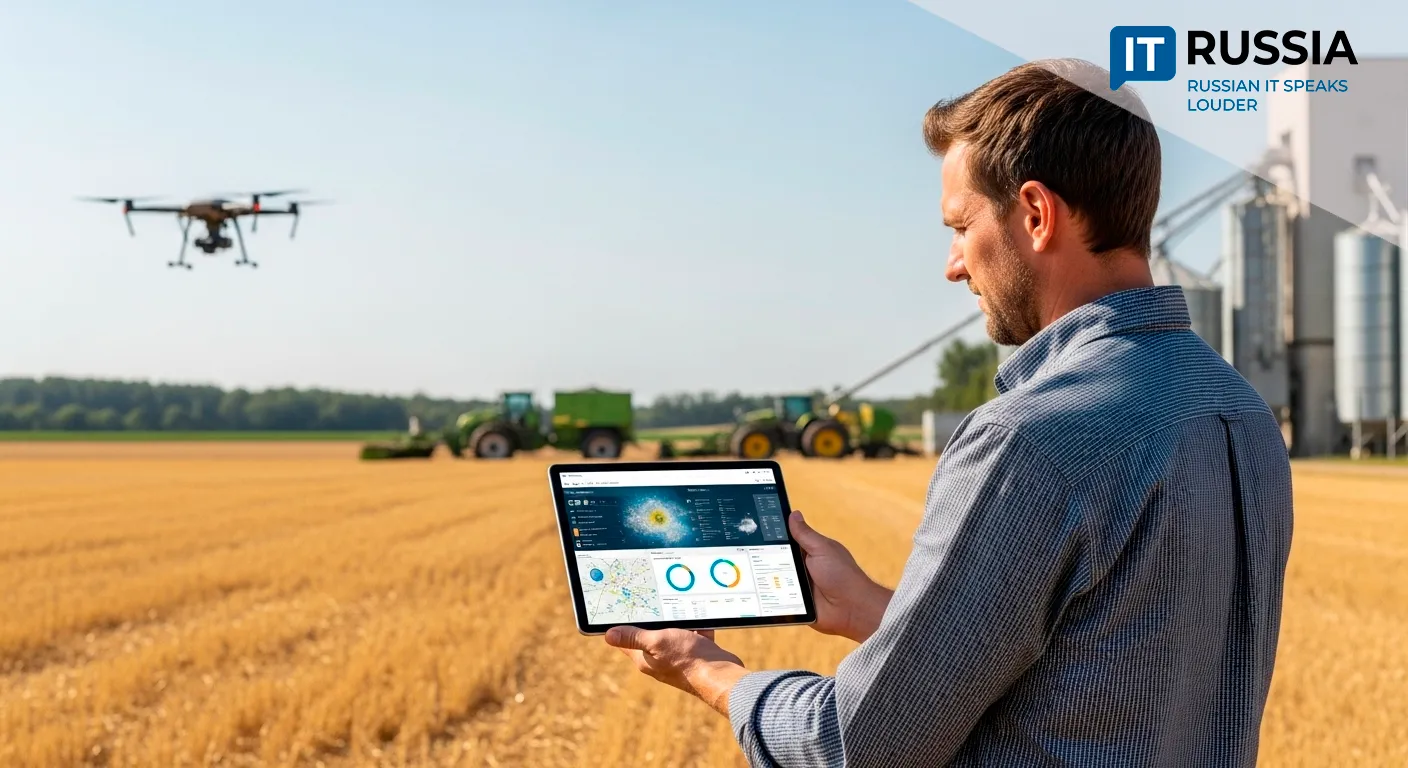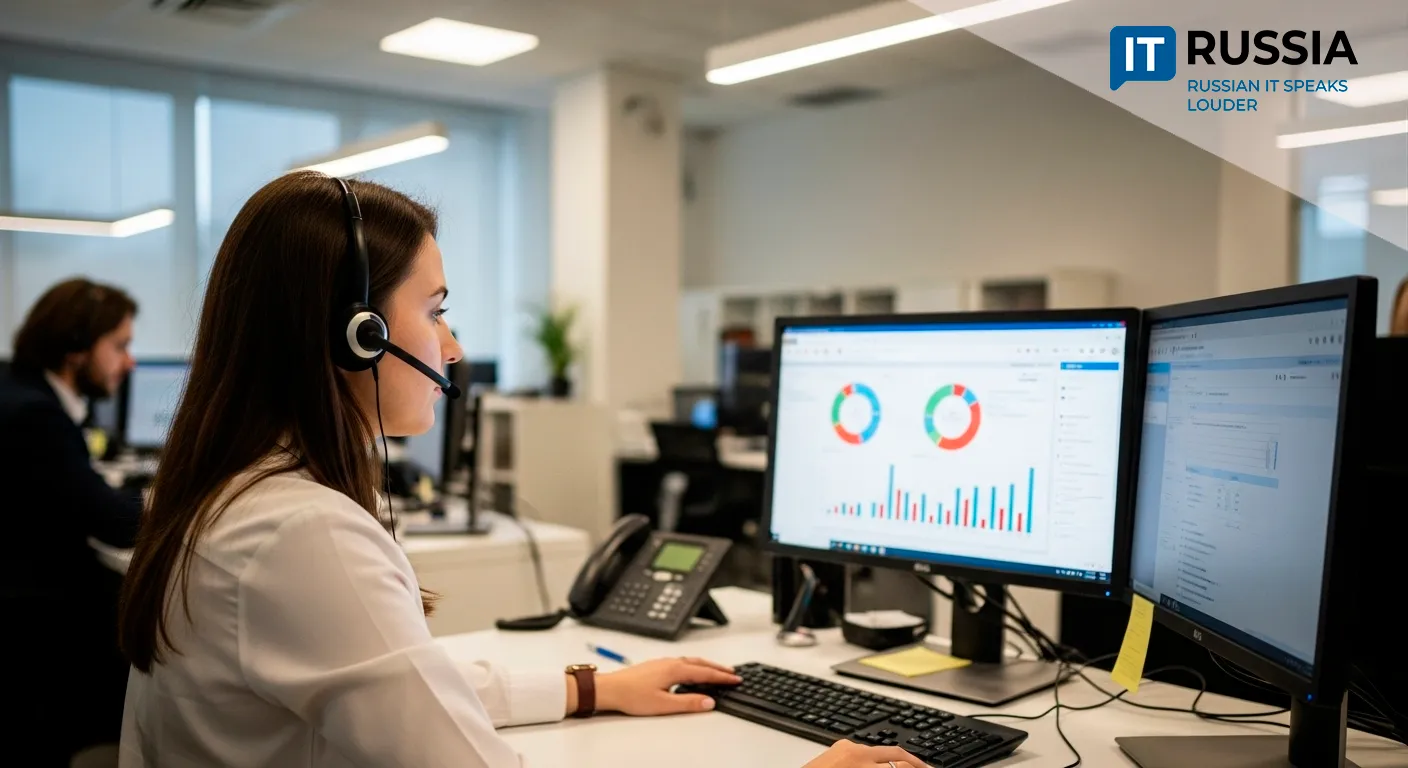Absolute Precision: Russian AI-Driven Combines Navigate Every Row With Ease

Field tests are underway in Russia for a new unmanned combine control system powered by computer vision and AI, capable of autonomous operation even without satellite signals.
Smart Vision in the Field
The trials are taking place in Krasnodar Krai on the fields of the Progress Agro agricultural holding. The initiative is a collaboration with the Kuban State Agrarian University, where developers, engineers, and machine operators are evaluating performance in real-world conditions.
“We’re assessing how the system performs in practice. It needs to be reliable in all weather conditions and across different crop types,” said Yevgeny Truflyak, Head of Department at KubSAU.
Traditional unmanned combines rely on GPS and GLONASS for precision in seeding, soil treatment, and harvesting. But in remote Russian regions, satellite signals can be unreliable. That’s where this new system steps in.
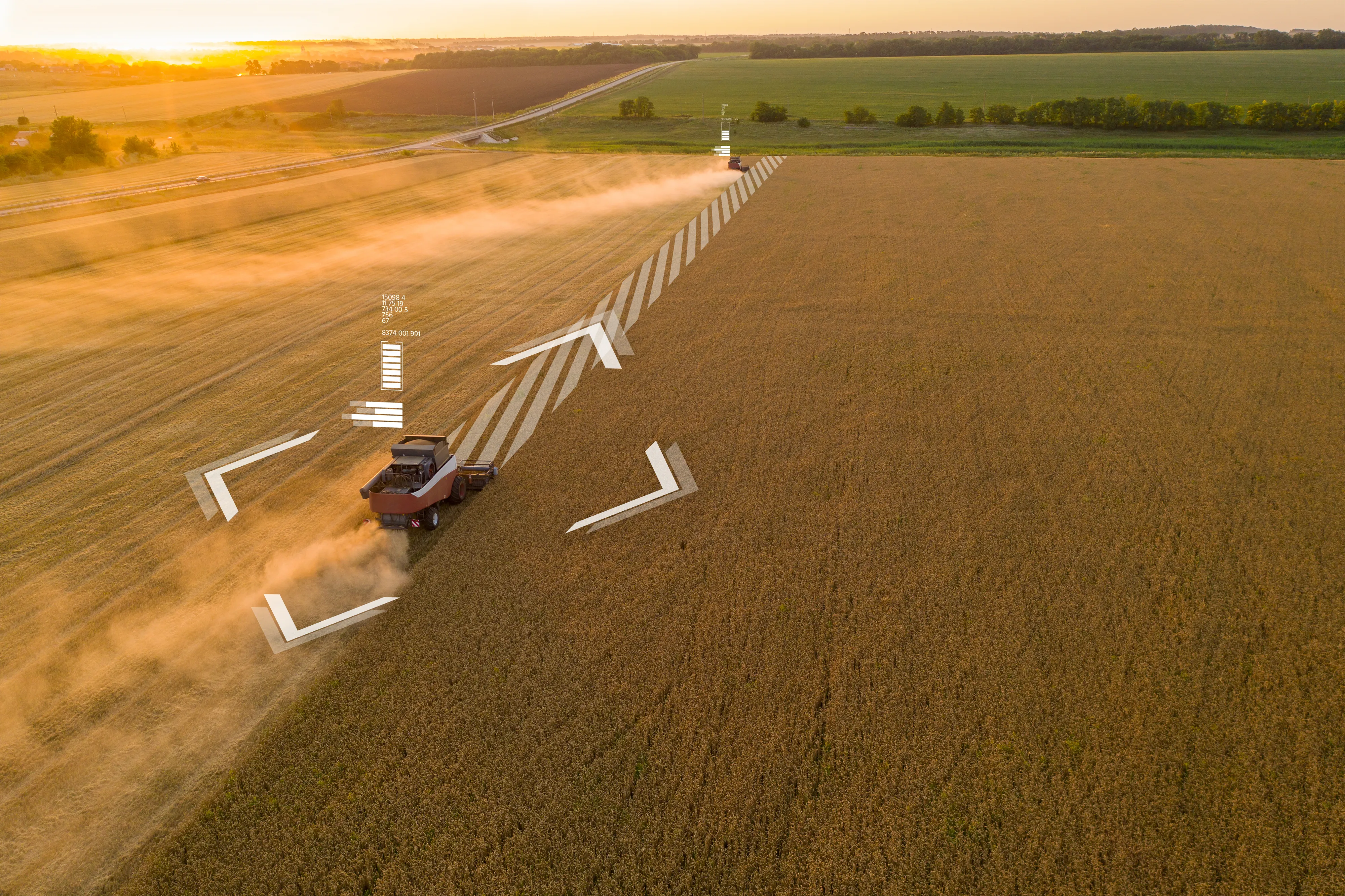
Built on machine vision, the technology uses onboard video cameras to stream real-time footage to an AI system. The neural network analyzes terrain, field boundaries, and more to generate an optimal route for the machine. If the combine veers off course, the AI automatically adjusts its trajectory.
Efficiency Meets Self-Reliance
A key advantage is that the technology is entirely domestically developed. Alongside reliability testing, economic feasibility is also under review—and the early results are promising.
With GPS/GLONASS alone, the system achieves 5–30 cm accuracy, while combining AI and machine vision improves it to 5–10 cm. Fuel savings are up to 12% with GPS/GLONASS, and up to 18% with AI-enhanced vision. Payback comes in 2–3 seasons with the former, and just 1–2 with the latter. Most importantly, in areas without GPS/GLONASS, only the AI-vision solution can keep working.
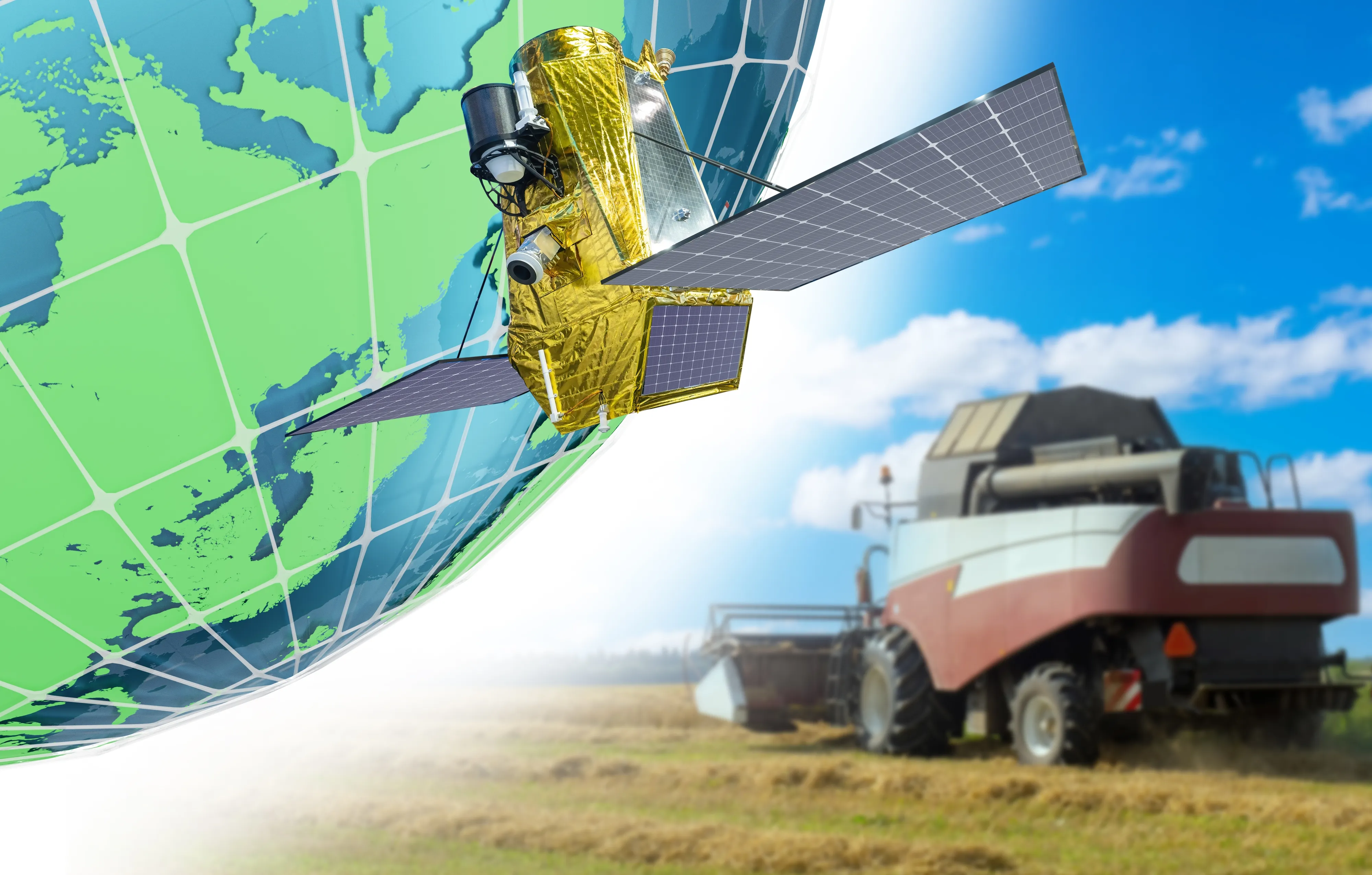
Toward Full Autonomy in Agriculture
Autonomous driving systems have proven to be effective tools for boosting productivity in agriculture. Russia began work on these technologies in 2018. In 2019, Cognitive Technologies and Sber tested Russia’s first autonomous combine management system in Tomsk. In Kurgan, a record-setting harvest was achieved with AI-operated machinery—an event recognized by President Vladimir Putin during his 2020 press conference.
Since then, Russian agri-tech has made a leap forward in dependability and applicability. Early systems were fully autonomous but relied heavily on GPS quality. Today’s innovation solves that issue: thanks to computer vision and AI, machines can now operate even in low-signal, nighttime, or poor-visibility conditions. The new system also complements older GPS-based ones, ensuring maximum reliability.
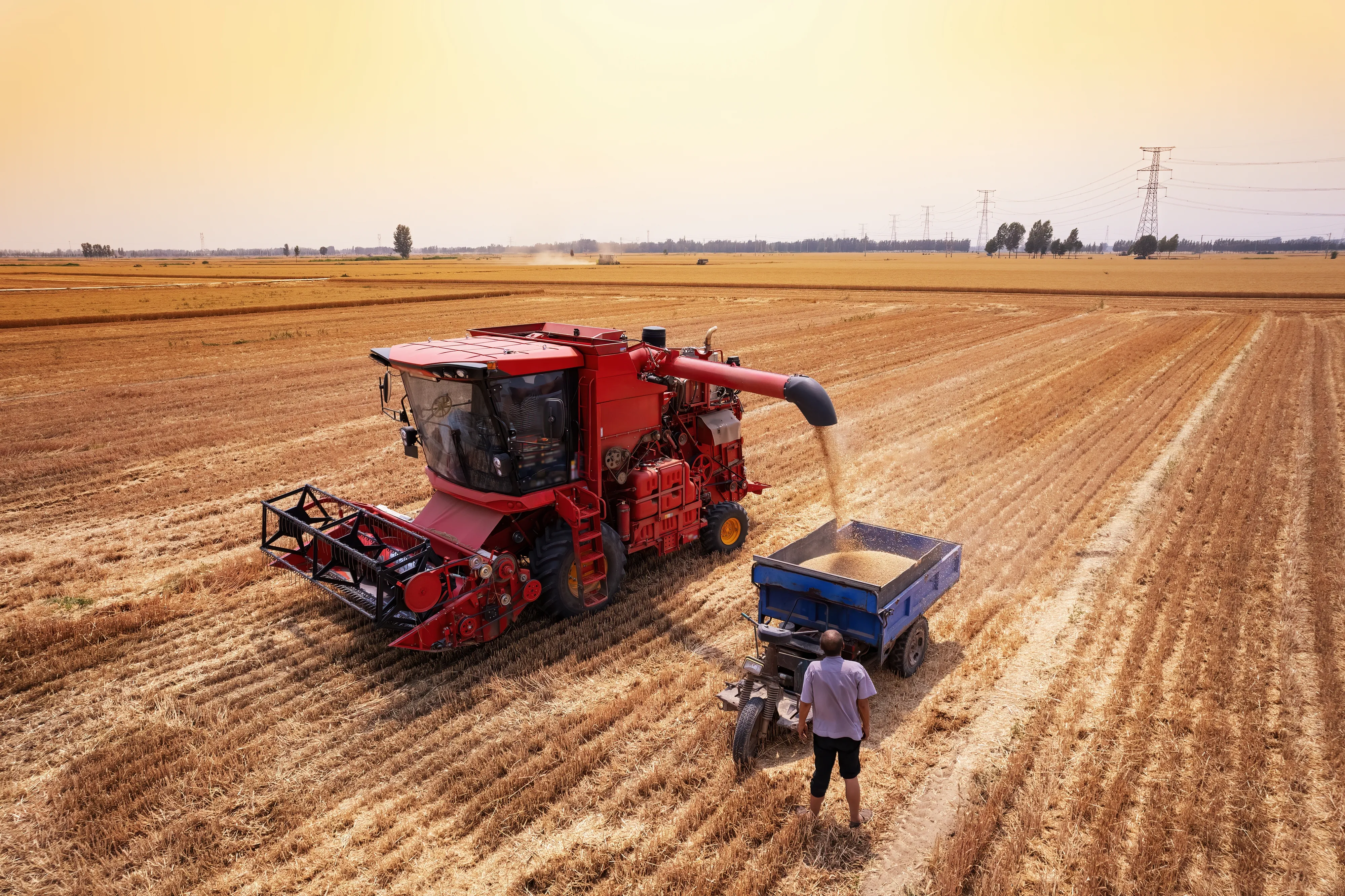
Deployment Prospects
Current combine testing is only the first phase of broader implementation. Rapid development is expected to bring entire fleets of unmanned tractors online within a year. Expansion into other machinery and crop types is also underway.
The technology has strong export potential—particularly in Africa and Global South countries, where satellite coverage is inconsistent and fields are irregularly shaped. Russia’s solution is cheaper than pure GPS alternatives, making it a strong global contender.



